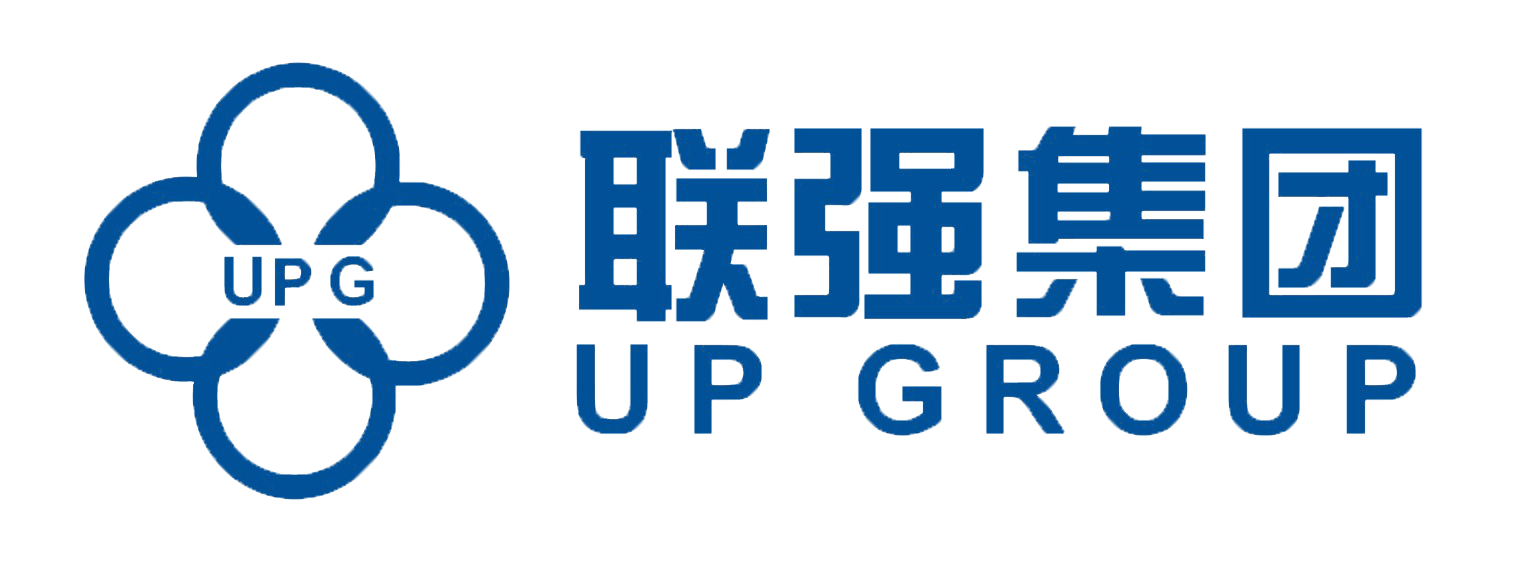In the pharmaceutical and nutraceutical industries, the need for efficient and accurate capsule filling has led to the development of a variety of machines designed to streamline the process, with semi-automatic capsule filling machines being a versatile option that combines the benefits of both manual and automatic systems. In this article, we will discuss the working principle of fully automatic capsule filling machines, focusing on the features and benefits of coming automatic capsule filling machines.
Capsule filling is a key process in the production of pharmaceuticals and dietary supplements. The process involves filling empty capsules with powders, granules or pellets containing active ingredients. The efficiency and accuracy of this process are critical, as they directly affect the quality and efficacy of the final product.
A semi-automatic capsule filling machine is a mixing device that requires some manual input while automating key aspects of the filling process. Unlike fully automated machines that run independently, semi-automatic machines allow the operator to have more control over the filling process, making them ideal for small to medium sized production.
To understand semi-automatic capsule filling machines, you first need to understand how automatic capsule filling machines work. Here is a step-by-step breakdown of the process:
1. capsule loading: empty capsules are first loaded into the machine. Automatic machines usually have a hopper that feeds the capsules into the filling station.
2. Separating the two halves of the capsule: The machine uses a specialized mechanism to separate the two halves of the capsule (capsule body and capsule lid). This is essential to ensure the efficiency of the filling process and the correct alignment of the cheek capsules.
3. Filling: After the capsules are separated, the filling device comes into play. Depending on the design of the machine and the type of filling material, this may involve various methods such as spiral filling, volumetric filling or piston filling. The filling mechanism injects the required amount of powder or granules into the capsule body.
4. Capsule Sealing: After the filling is complete, the machine automatically reinstalls the capsule cap onto the filled capsule body, thus sealing the capsule. This step is essential to ensure that the capsule is well sealed to prevent leakage or contamination.
5. Ejection and Collection: Finally, the filled capsules are ejected from the machine and collected for further processing such as packaging or quality control.
If you are interested in semi-automatic capsule filling machine, you can check this model of our company. LQ-DTJ / LQ-DTJ-V Semi-auto Capsule Filling Machine

This type capsule filling machine is a new efficient equipment based on old type after research and development: easier more intuitive and higher loading in capsule dropping, U-turning, vacuum separation in comparison with the old type. The new type of capsule orientating adopts columns pill positioning design, which shortens the time in the replacement of mould from the original 30 minutes to 5-8 minutes. This machine is one type of electricity and pneumatic combined control, automatic counting electronics, programmable controller and frequency conversion speed regulating device. Instead of manual filling, it reduces labor intensity, which is the ideal equipment for capsule filling for small and medium-sized pharmaceutical companies, pharmaceutical research and development institutions and hospital preparation room.
In a semi-automatic capsule filling machine, the operator takes a more active role at certain extremes of the process. It generally works like this
1. Manual capsule loading: The operator manually transfers empty capsules into the machine, which provides flexibility in production as the operator can easily switch between different sizes or types of capsules.
2. Separation and Filling: Although the machine can automate the separation and filling process, the operator may need to control the filling process to ensure that the correct dosage is dispensed, which is especially important for formulations that require precise measurements.
3. Capsule Closure: The operator can also assist in closing the capsule to ensure that the capsule is securely sealed.
4. Quality Control: With a semi-automatic machine, operators can perform real-time quality checks and make adjustments as needed to maintain product consistency.
Advantages of Semi-Automatic Capsule Filling Machine
1. Cost-effective: Semi-automatic machines are usually more affordable than fully automatic systems, making them ideal for small and medium-sized businesses.
2. Flexibility: These machines can easily accommodate different capsule sizes and formulations, allowing manufacturers to diversify their product offerings without having to make large investments in new equipment.
3. Operator control: Operator involvement in the filling process improves quality control as they can make adjustments at any time to ensure that the filling meets specifications.
4. Ease of use: Semi-automatic machines are often easier to operate and maintain than fully automatic machines, making them suitable for companies with limited expertise.
5. Scalability: As production needs grow, companies can gradually transition to more automated systems without having to overhaul the equipment.
Semi-automatic capsule filling machines are a practical solution for companies wishing to improve their capsule filling process without the high cost of a fully automated system. By understanding how a fully automatic capsule filling machine works, manufacturers can appreciate the advantages of semi-automatic equipment, which combines efficiency, flexibility and control. As the demand for high quality capsules continues to grow, investing in the right filling technology is vital to remain competitive in the marketplace. Whether for pharmaceuticals or dietary supplements, semi-automatic capsule filling machines are an invaluable asset to the production line.
Post time: Dec-30-2024
